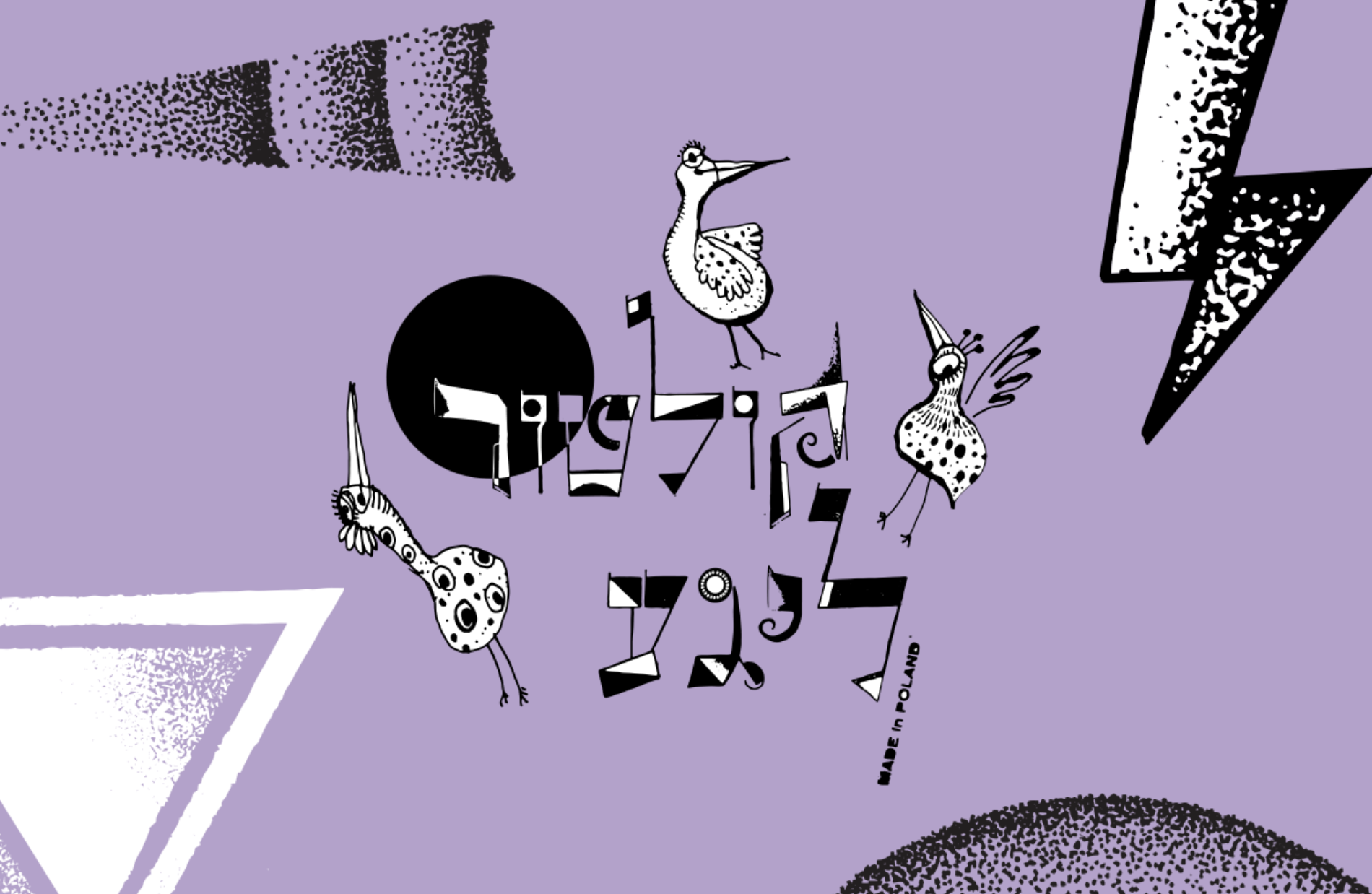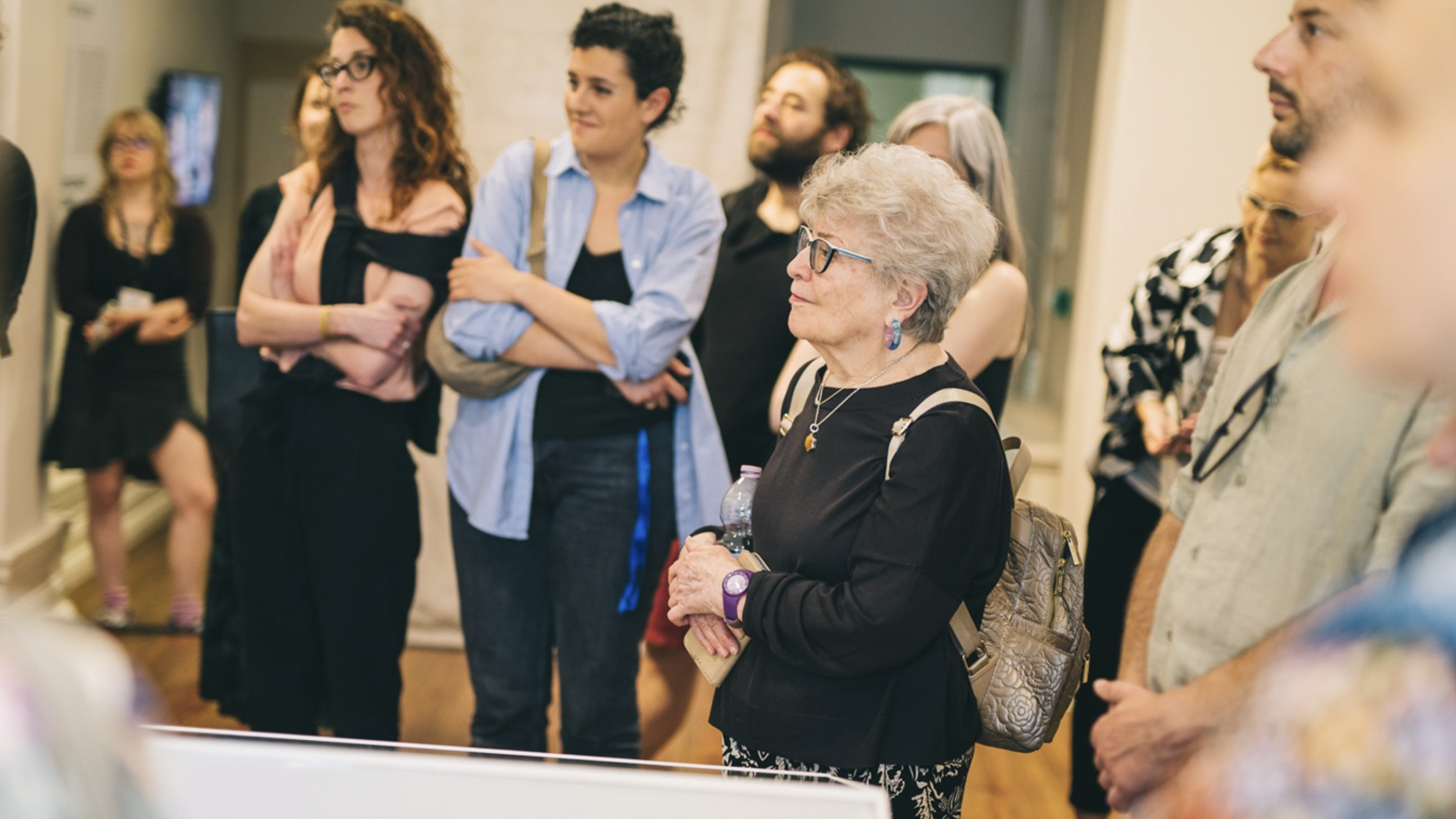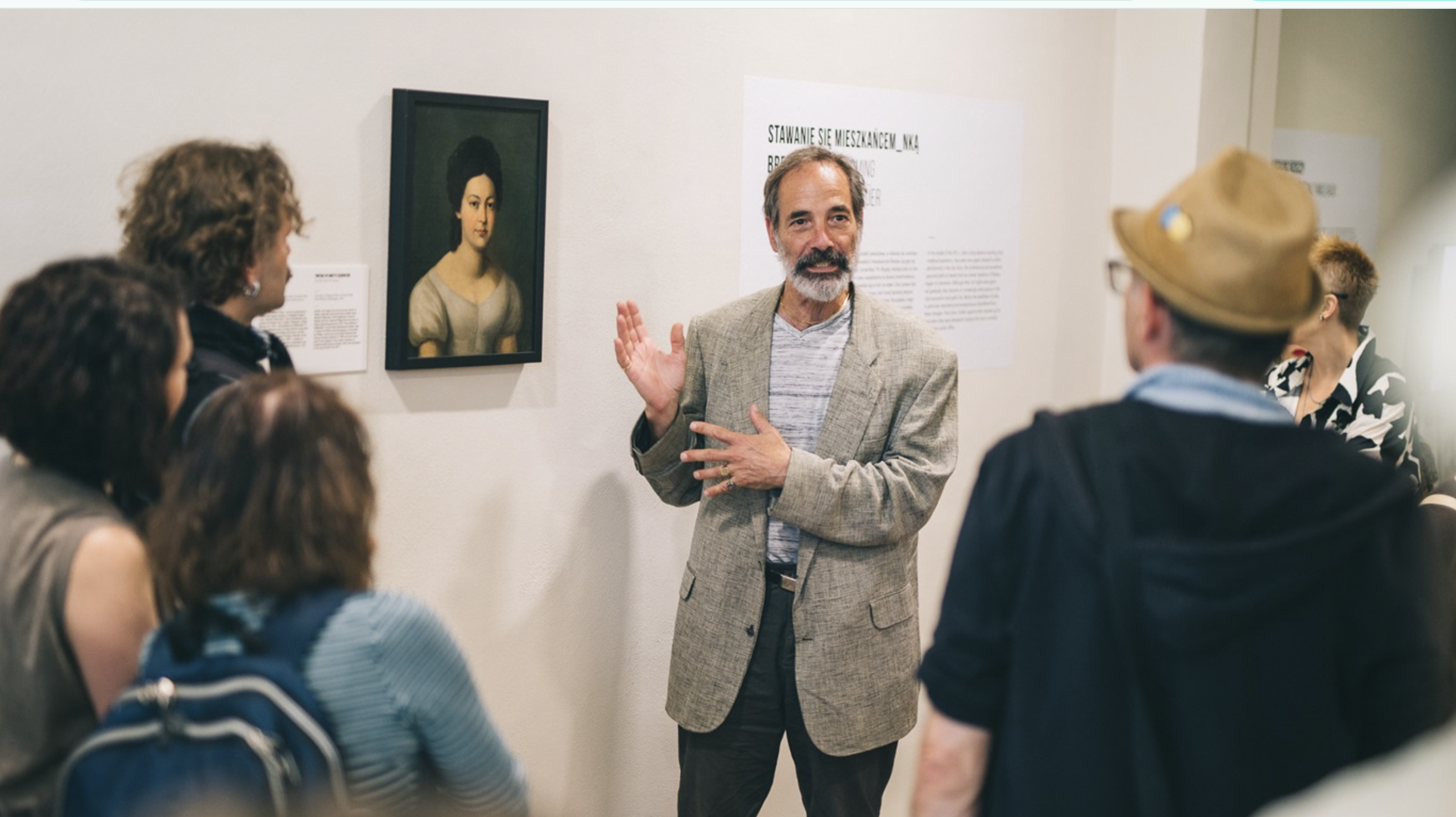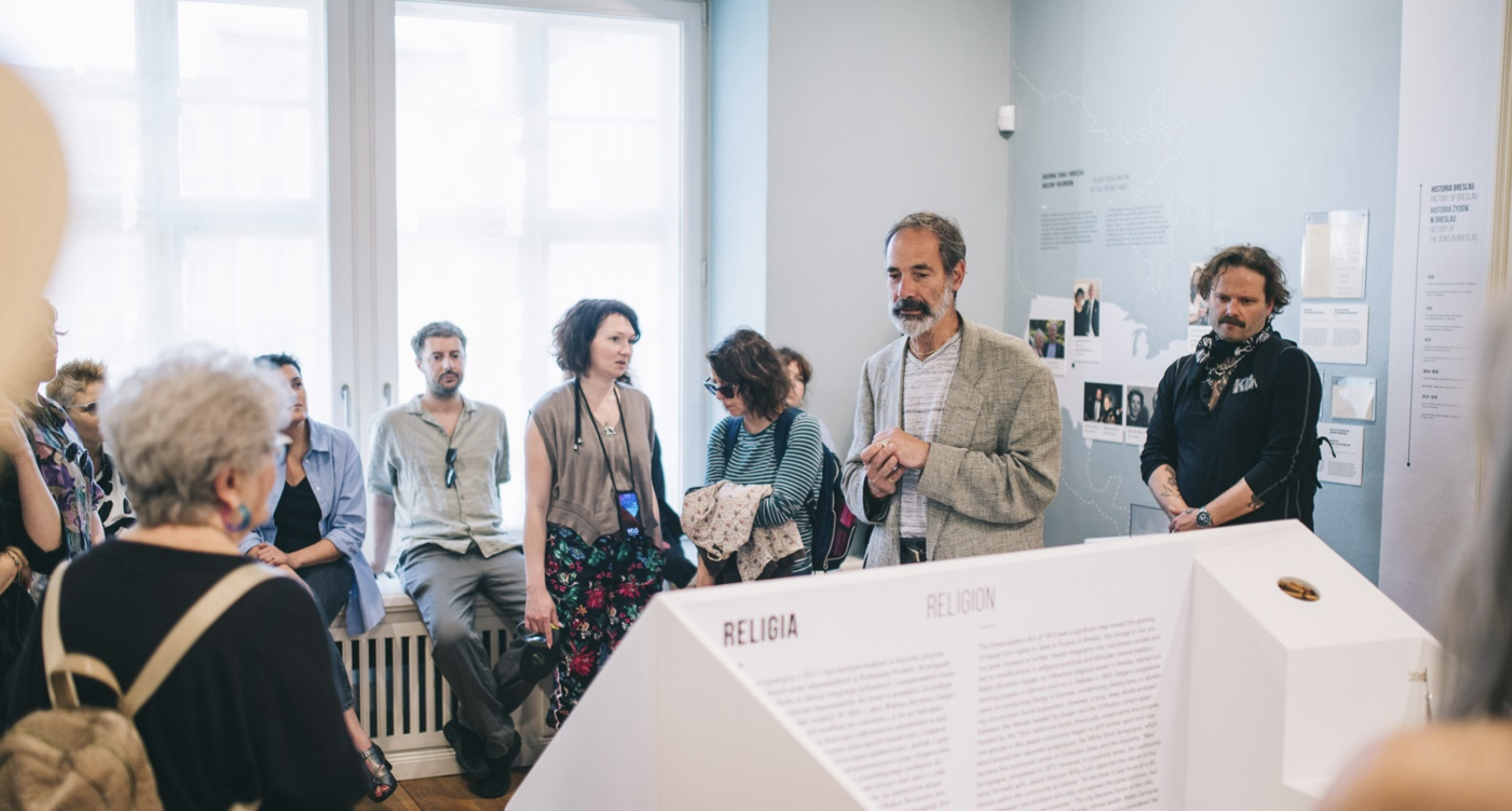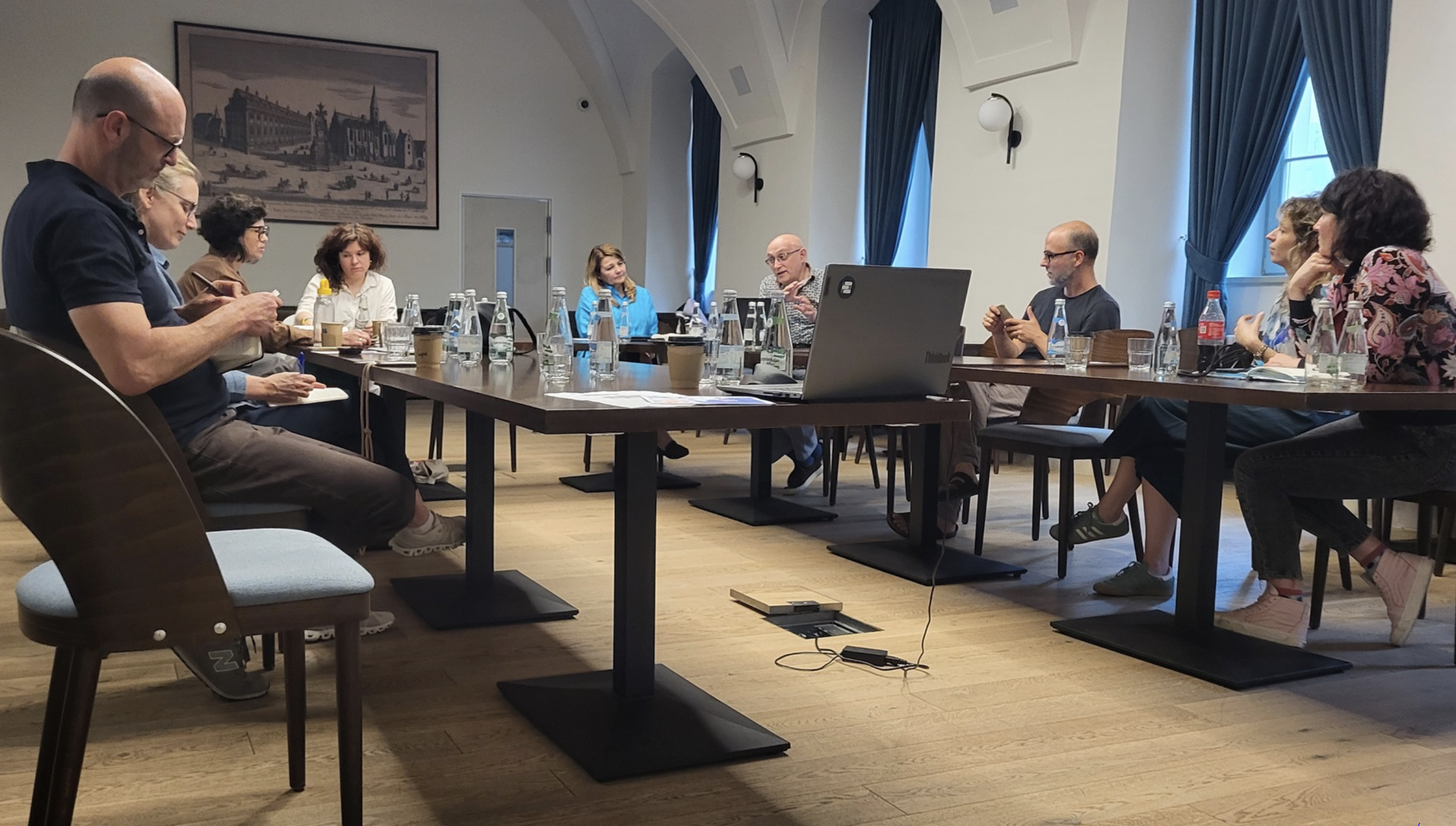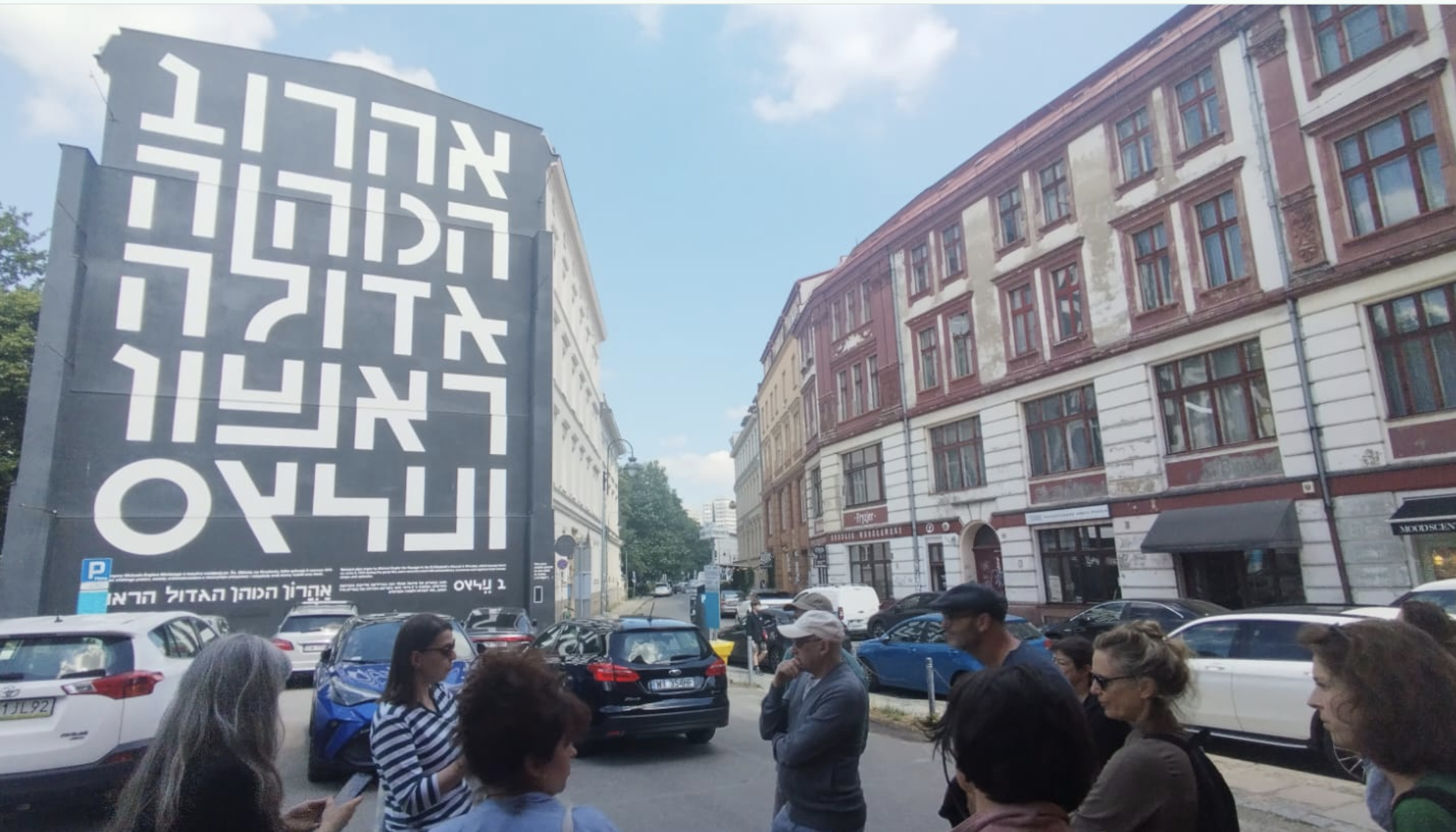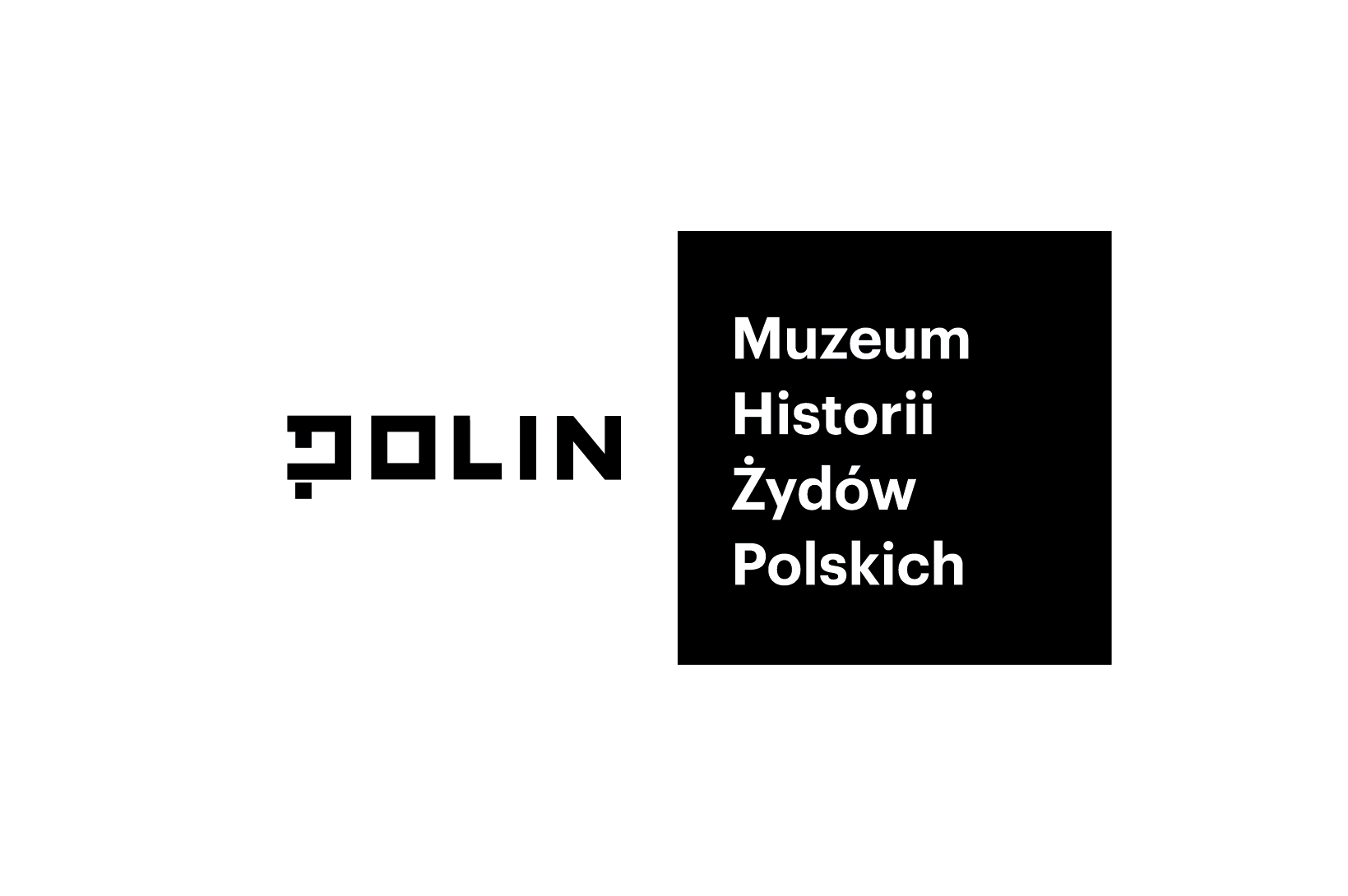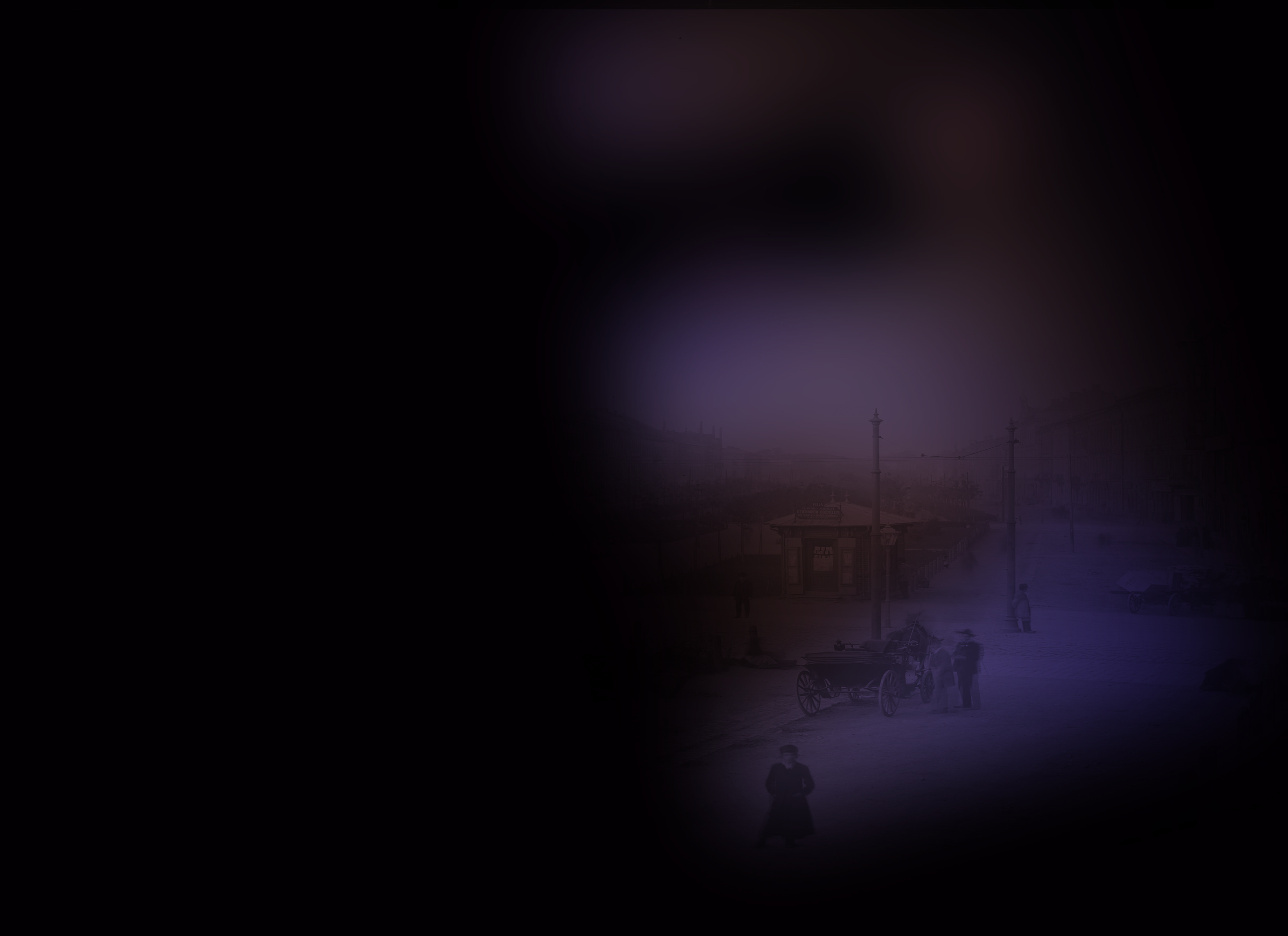Event Program
The project inauguration took place in May 2024 in Wrocław, where the coordinating office, the Urban Memory Foundation, is based. The kick-off was planned as a three-day event (May 28-30) with a diverse program, bringing together project partners from four European Union countries to discuss the implementation and timeline of the ReActMem project, meet Polish-Jewish artists, participate in workshops with them, and engage in an accompanying program showcasing Wrocław’s Jewish heritage.
.
The ReActMem project meetings included sessions and discussions focused on project implementation planning, consortium partner introductions, and mapping project opportunities and challenges. The main working sessions took place on the first day of the event (May 28), with discussions continuing informally throughout the rest of the program. Representatives from eight partner organizations participated, with the shared goal of consolidating knowledge, fostering synergy, exchanging ideas, reviewing the detailed event schedule, and building relationships as a working group for the project.
.
.
On May 29-30, a meeting and workshops took place with Polish-Jewish artists associated with the Kultur Lige initiative. The “Kultur Lige” initiative draws inspiration from the pre-war idea of promoting Jewish culture, which was advocated by an organization founded in 1918. Jewish artists from across Poland gathered for the two-day workshops organized to mark the beginning of the ReActMem project. They represented various forms of artistic expression, including dance, singing, painting, and theater. The workshops served as a practical platform for exchanging experiences among artists, learning about project management methods, applying for funding, and establishing associations. The main part of the workshops was led by artists Nathalie Kertesz and Maor Ze’ev from the Barcelona branch of the international organization “Jewish Culture Laboratory” (LABA), a ReActMem project partner.
.
On May 28-29, participants took part in accompanying events. These included a visit to the exhibition Putting Things Back in Place: Jewish Breslauers and Their Objects at the OP ENHEIM gallery. The exhibition presented work related to the memory of Wrocław’s pre-war Jewish community and featured a meeting with descendants of families from this community who participated in the project and contributed objects for the exhibition. The program also included a discussion with Berlin-based artist Anna Schapiro, whose work is part of the exhibition. Additionally, participants joined a guided tour of Jewish Wrocław.
Fot. : Jerzy Wypych (w OP ENHEIM), Tomasz Woydyłło
